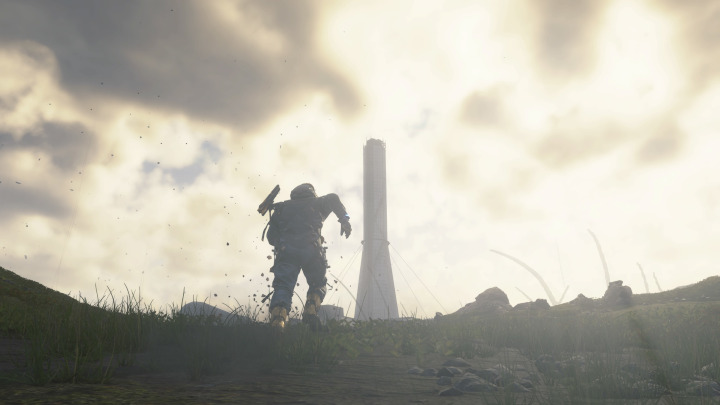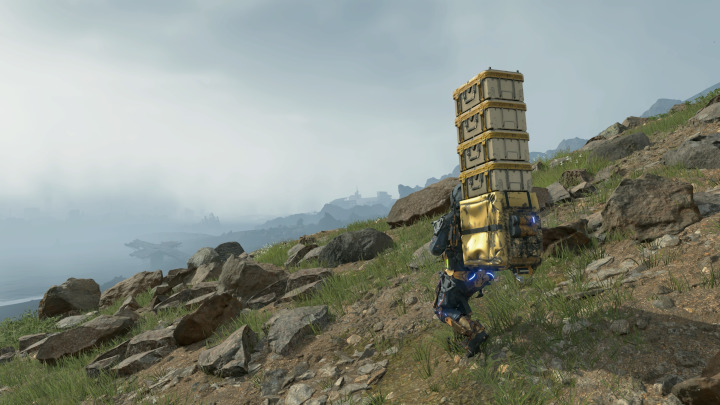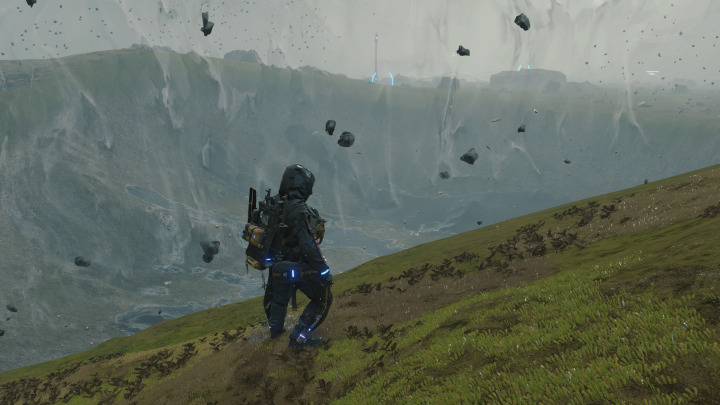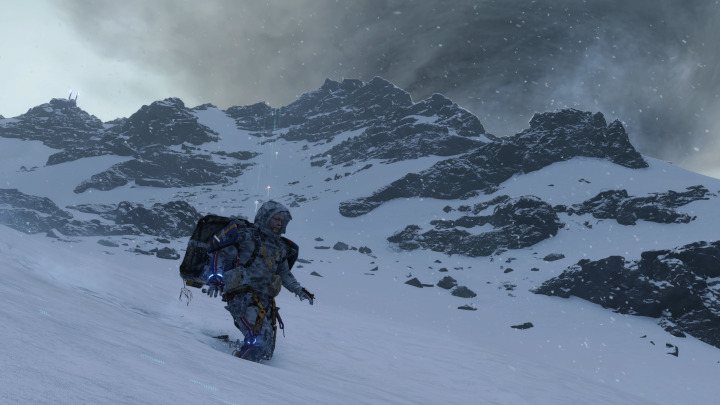
When I first played Metal Gear Solid back in 1998, I realized right away that it was different. This was an ambitious game that really understood what it was trying to accomplish, and it didn’t care if it had to reinvent the wheel in order to get its systems to work. It proved that, even with limited resources, creator Hideo Kojima was an outside-the-box thinker, willing to experiment with things that hadn’t been done in a video game before then.
So 21 years later, when Kojima released Death Stranding, the gaming industry at large expected something groundbreaking. And that’s pretty much what we got, though I don’t think we were quite yet ready for it. It didn’t review as well as we all expected it to, and I admit that I was on the naysaying wagon myself.
Now, after two more years have passed, and the themes of Death Stranding feel more poignant and relatable than ever before, the game is finally getting the appreciation it deserves. Part of that is that the release of Death Stranding Director’s Cut brought it back to the surface, inspiring fresh playthroughs and new conversations.

And part of it, of course, is that after living through the COVID-19 lockdowns, a game about reconnecting an isolated world simply feels more relevant. We’ve actually lived through something that’s analogous to a Death Stranding in a lot of ways.
Many of the small character details that were easily overlooked back in 2019 feel so much more true to life now. The cosplayer’s dedication to her hobby while hunkered down in her bunker, for example, seemed silly back in 2019, but it actually feels relatable now. And that’s also true of the relationship between the junk dealer and the chiral artist, which buckles under the weight of forced isolation. There are so many little details that Death Stranding got right, even if we didn’t realize it before. It was almost like Kojima was looking into a crystal ball and preparing us for 2020. Even the bleak soundtrack resonates more in 2021 than it did in 2019.
But that’s not to say that this game is no longer willing to be off-putting. No, its gameplay can be downright tedious, turning every footstep into a possible disaster, where one false step can send you tumbling down a steep hill, spilling your cargo and damaging the contents thereof. But as excruciating as this process can be, it’s also what makes the game so compelling. Simply walking in a video game has never felt so visceral, so weighty, or so precarious.

This is a game where the “feel” of the gameplay might be its most critical element. The basic premise — putting you into the shoes of a post-apocalyptic delivery man — isn’t groundbreaking on its own. It’s unusual, of course, but not exactly mind-bending. But the way it makes all of this feel? That’s where the game excels. I’ve never had to spend time thinking about a boulder location in a video game, but Death Stranding constantly forces you to stop and examine the smallest terrain details to make sure you can safely traverse them.
On top of the rugged terrain, there is also a rain that ages everything it touches, as well as the BTs (Beached Things), which are basically lost souls who are trapped between the worlds of the living and the dead. If they can pull you into the tarry goo they tend to hang out in, you’ll be dragged into a fight against a much larger boss-style BT in the form of a squid or a lion (or, eventually, a whale).
Then, if you screw up this boss fight badly enough, you’ll cause a world-altering event that leaves a crater in the ground, which is permanent — these craters will persist for the rest of your playthrough, and you’ll have to figure out ways to get around them.

Yes, Death Stranding is perfectly willing to distort its entire world in response to your failures. On the flipside, it gives you an incredible amount of options for tackling its challenges. As you build your own structures — ziplines, roads, storage boxes, watchtowers, etc. — your successes also shape the world around you. These structures do require maintenance, but creative players will soon find themselves constructing complex networks of ladders, bridges, and ziplines, which will make future deliveries easier.
And then there’s the element of cooperation. Once you connect a facility to the chiral network, the game will load in structures that other players built in the area. This really makes the game world feel lived-in, showing you the evidence that other players are interacting with the environment and trying to solve the problems it presents.
I have no idea how genuine this feature is — are these really built by other players, or is the game just grabbing random player names and sticking them onto predetermined structure locations? It’s tough to say, but I have a suspicion it’s the former. The reason I believe this is that if you’ve ever spent time in internet forums, then you have a pretty good idea of how a crowdsourced community behaves. Some people are genuinely trying to be helpful, while others are trolling you or showing off. Some people just place things based on what they think would be funny, and then there’s a particular brand of horniness that tends to emerge within particular demographics. If Death Stranding is faking its community interactions, it’s doing a really good job of making it all feel genuine.

It’s no exaggeration to say that Death Stranding is unlike anything that preceded it. Not only is it just unapologetically weird, but it has its own unique feel. It’s not just bleak; it’s a very specific brand of bleak that I’ve never actually experienced in a video game before.
In 2021, Death Stranding Director’s Cut feels like Kojima’s way of saying, “See, I told you so.” Those of us who doubted its brilliance two years ago were wrong to do so. The world of 2019 just wasn’t ready for this specific game, but the world looks very different in 2021. And the world of 2021 is very much one in which Death Stranding feels at home.